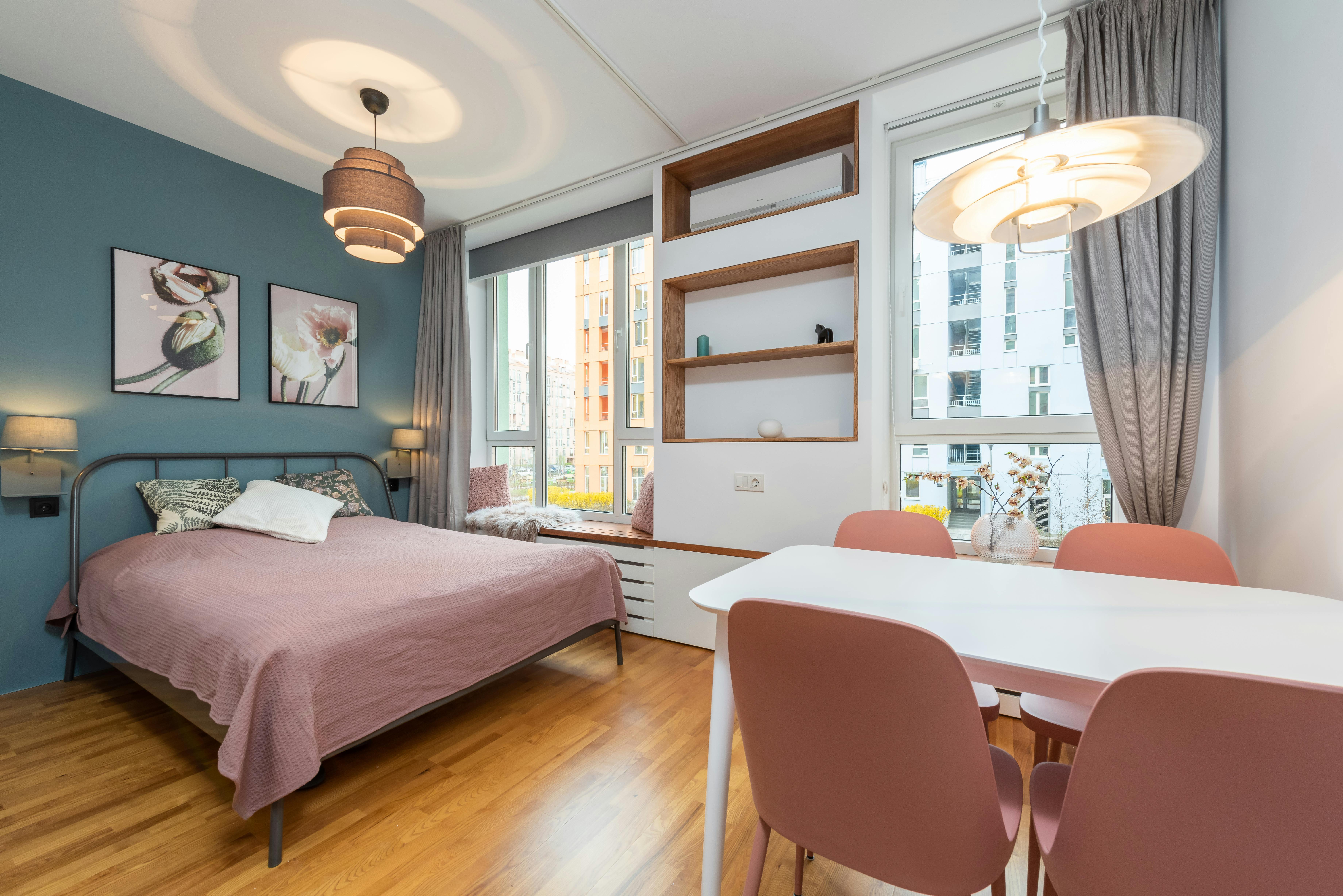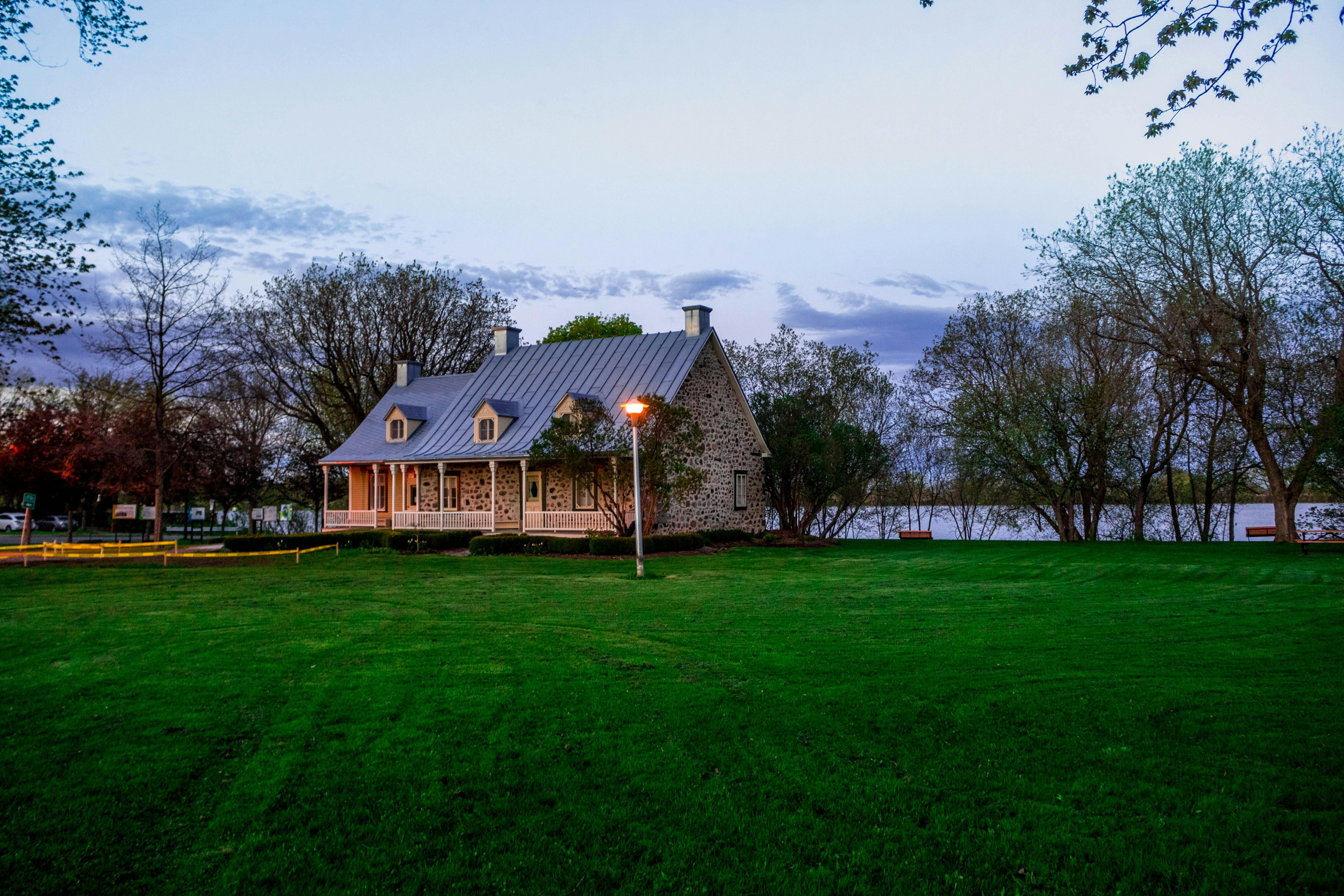Manifest Destiny, what is it? Manifest Destiny was the belief of the settlers in the 19th century that the expansion of the US across the American continents was justified and inevitable. The settlers believed it was God’s ordained wish that all of North America, from ocean to ocean, including Mexico and Canada, would soon belong to them. This was used as a justification for the internal policy of the United States towards the Natives as it moved west. It was used as a justification for violently seizing control of California and Texas from Mexico. It was also used as a justification for invading and attacking Canada after 1812, of which many Americans were never taught. It would seem a bit harsh to compare this with gentrification.
Many see gentrification as the revitalization of poor inner-city areas into thriving urban middle-class communities. However, when examined with a closer lens, it can be seen that gentrification and revitalization are not the same. Gentrification has a price. Gentrification is the process by which high-income investors buy low-income urban neighborhoods in an attempt to capitalize on low property values. This process results in an inflation of property values that displaces low-income residents who in their entirety can no longer afford to live there. It also displaces the culture and character that bound the community together. Displacing people and erasing the culture of entire communities is the price of gentrification.
It would be a mistake to regard gentrification as a racial issue. Those who mention gentrification as the reversal of the 20th century “white flight” do not have a complete understanding of the subject. However, due to the fact that gentrifying low-income urban neighborhoods are often filled with black and / or Hispanic residents and are replaced by middle-class white residents, race makes its way into the issue. The elimination of the breed is the result of gentrification, but not a cause or reason for its onset. Racism is not a big factor when it comes to this issue. Blacks are often opposed to gentrification because their neighborhoods and cultures are fading and dispersing through it. Neighborhoods like Harlem, Washington DC, Brooklyn, and Atlanta are losing their black population as we speak. Just like so many other cities in the interior.
I myself am an Atlanta native and I can remember around 2008 when the city forced thousands of black families to move without offering an alternative housing option for low-income people. They just kicked them out and told them to find another place to live. Housing projects like Bowen Homes, Bankhead Courts, etc. they were emptied and razed to the ground. His plan was to convert the Atlanta ghetto, Bankhead (a long highway on which these housing projects were located), into a middle-class neighborhood in the near future. The city even renamed the street from Bankhead Hwy to Donald Lee Hollowell Pkwy to make it unrecognizable to those who knew it as home. Instead of building poor communities for the less fortunate who live there, public and private investors are building neighborhoods and forcing the poor who live there to find another home somewhere far away.
How does this change the culture of Atlanta? Simple, Atlanta for the past 20 years has been known as America’s “black mecca”, much like Harlem was known during the Harlem Culture Renaissance. Atlanta has also been known as the international headquarters of this new music called Rap and Hip Hop, also very similar to Harlem with Jazz during the Harlem Renaissance. With current gentrification trends, it is sad to say that this will not be the case 10 years from now. Atlanta’s black population in 2000 was 61.4% and fell to 54.0% in 2010 and continues to decline. In 2009, Atlanta was 714 votes short of electing its first non-black mayor since 1974. Intown Atlanta neighborhoods are gentrifying, like East Atlanta and Old Fourth Ward, ghettos being replaced by luxury homes. Whites are moving into these luxury homes and this is causing a movement of blacks to the rural cities and adjacent suburbs. Atlanta’s black hip hop culture will be unrecognizable, perhaps even non-existent for the foreseeable future.
What is even more devastating than losing a culture is the divestment that will soon come as a result of gentrification. We can take a quick look at history and it will give us an idea of our near and distant future. In the mid-20th century, blacks began moving from the south to the inner cities in search of work and better opportunities in the American dream. This was the cause of the “flight of the whites”, which was a migration of whites from mestizo urban areas. As a result, divestment began in depressed, racially mixed urban communities. This was the time, as Spike Lee puts it, where trash wasn’t collected every day and the police didn’t make sure communities were protected. Now, through gentrification, these neighborhoods are being reinvested and protected and have daily garbage collection, but the poor no longer live there. The poor are now homeless or relocated to the suburbs and back south. As a result of such a focus on inner city communities, suburban and rural areas are being divested and this will be the trend for decades to come. The suburbs will now become ghettos with high crime and poor schools that receive no investment from the public or private sector. The same mistreatment of the poor simply continues in a new location. It is important to understand this. Gentrification is not doing the low-income inner-city families it claims to help any good.
What about the few homes that don’t rent, urban landlords? Doesn’t the increase in property value benefit you? Before investors can rebuild a neighborhood, there must be a plan years in advance. These years before the matter is usually the time investors spend buying the property in the planned area. Most of the property of the natives of the area is bought before gentrification begins. The last stubborn minority is the one who is aware of the rise in property values that is coming soon. However, what also comes with higher property values are higher prices on everything else. Gasoline, clothing, groceries, property taxes, bills, and even daily lunch get more expensive, while income stays the same. They are in a situation where they can no longer afford to live in the area and the property is sold before the full potential of increasing the property’s value is reached. Not even the minority of homeowners in the city center benefit from gentrification.
What does all this mean and how does it relate to manifest destiny? As I said before, gentrification is not a racial problem, although it may seem that way to many in America. It’s more of a western ideology problem. Gentrification is occurring throughout Western civilization. San Francisco, East London, Berlin, Soho, Barcelona, Rio, Portland are just a few other cities to name. Many call this problem a “Colon syndrome” effect. When you supposedly discover something that the natives there already knew, you have Colon syndrome. The symptoms of Colon syndrome are infiltrating the land in which the natives live because it interests you, expelling them, making it your new home, taking things out of their culture and calling it yours. If you experience any of these symptoms, call your doctor. In all seriousness, it looks a lot like what happened to the natives of our country. At the same time, it looks a lot like what is happening through gentrification. The manifest destiny was the consistently evil and violent expulsion of the inhabitants of the newly discovered land. Gentrification is the incoherent economic removal of inhabitants from reinvested land. In this way the two are not compared but the similarities are striking. I leave you with this question. Do the benefits of gentrification outweigh the consequences? If not, let’s fight to regulate the gentrification process.


